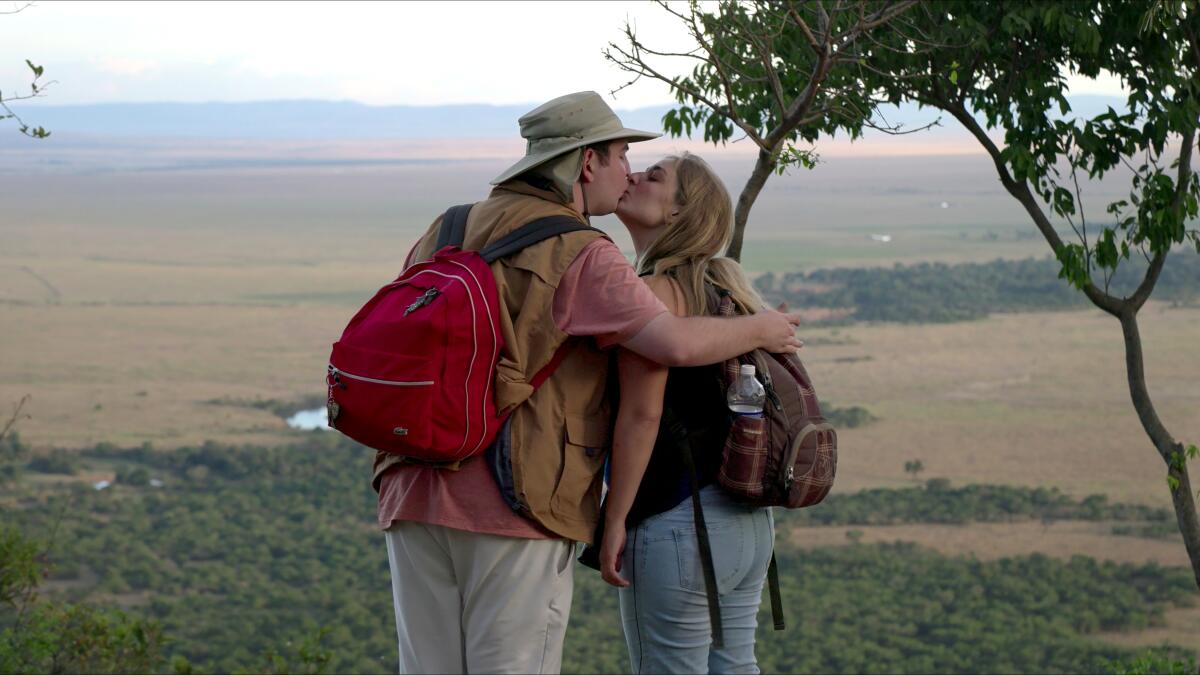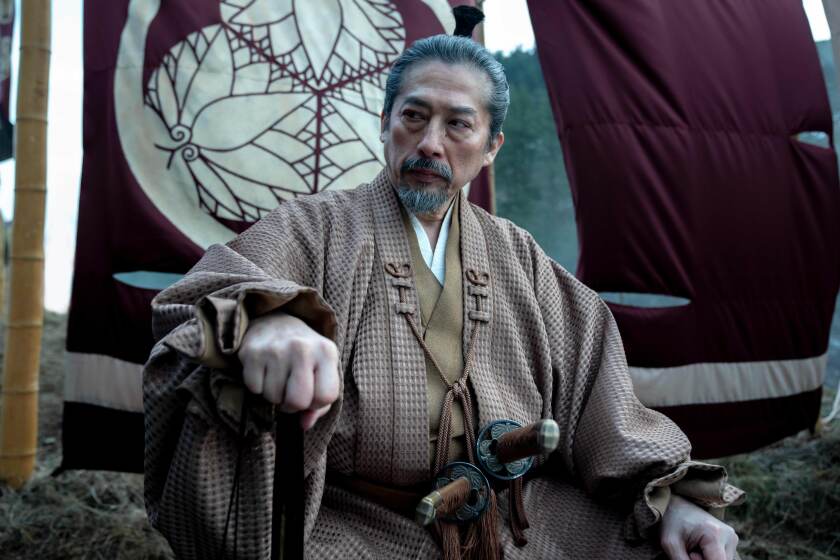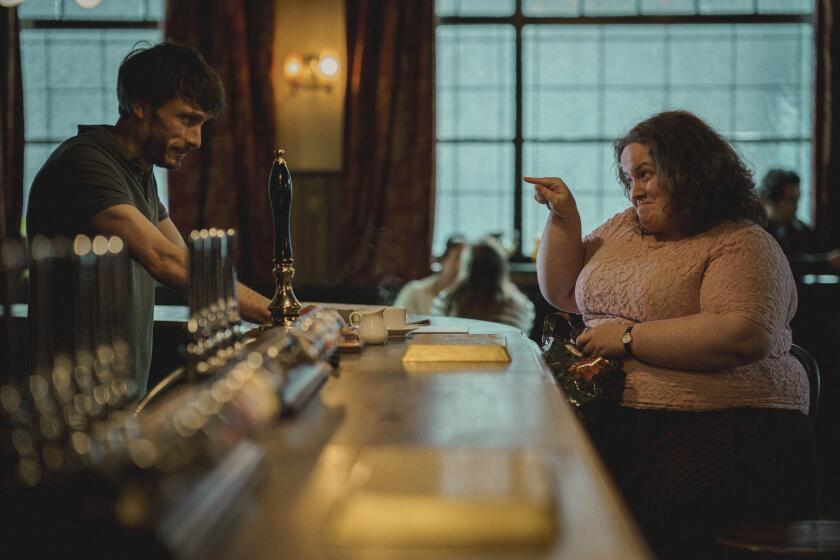‘Love on the Spectrum’ explores romance among neurodivergent participants

- Share via
Call it kinder, gentler reality TV, or a dating show unlike any you’ve ever seen. Either way, “Love on the Spectrum” developed a loyal and enthusiastic audience eager to root for its neurodivergent, romance-seeking underdogs when its first two seasons, shot in Australia, premiered on ABC in 2019 and 2021.
Created and executive produced by Cian O’Clery and Karina Holden, an American version of the show debuted to strong response on Netflix in 2022. It went on to win three Primetime Emmy awards, including for unstructured reality program.
A second U.S. season premiered in January. It saw the return of such warm and exuberant 2022 cast members as Dani Bowman, James B. Jones, Steve Spitz and established couple Abbey Romeo and David Isaacman. They were joined by newcomers Connor Tomlinson, Journey Early and Tanner Smith. And Season 3 is now in production.
Michael Richey White, who is on the spectrum, explains how he creates the art for Netflix’s “Atypical,” whose lead character has autism.
The Envelope recently spoke via Zoom with the Aussie-born O’Clery, who also serves as the show’s director.
How did you decide who to bring back from (U.S.) Season 1? With so many viewer favorites, that couldn’t have been easy.
The great privilege we have with this series is to be able to show the diversity of autism. And, by just continually introducing new people, I think it’s a really nice thing for audiences to be able to engage with. We just had to think about the people we thought were keen to keep on going with these journeys and who really wanted to find love. And, I guess, [those] who could really do with our support as well as people the audiences loved.
Were there things you felt you didn’t get to do or accomplish in U.S. Season 1 that you did in Season 2?
Not necessarily. One of the great things about making the first U.S. season was that we were continuing with the same tone and style as the Australian series. We weren’t pressured in any way into “bigging it up” or making it feel more dramatic or exciting. We were just kind of taking the same approach and telling people’s stories in a truthful, honest way, knowing that their personalities and characters and stories are what will bring audiences along for the ride.
You show a wide range of autistic characters, especially in this last season. What’s your approach to that part of casting?
It’s important to us that we can include people who do have higher support needs and people who have lower support needs; people who are dating neurotypicals and people who are dating people with Down syndrome. It’s all about finding the right people that we can match them with. Within that, I guess we’re just looking for people we think are engaging and interesting and have something to say, as well as also finding a balance of personalities and how people present.

The series avoids the reality dating show convention of seemingly forced or sensationalized conflict. Is it a challenge to create the tension needed to keep viewers hooked?
It’s hard to do when you don’t have competition [within the series], you don’t have villains and you don’t have manufactured conflict. Not only that, the rules in terms of the “grammar” of the series dictate that a scene sits as a scene. That is, we don’t interrupt scenes with talking heads that are kind of helping us to tell a story; everything is just the way it happened.
Yet you do incorporate the occasional interview into the action.
Yes, but it’s always one that we’ve done on the fly on the day [of the shoot]. And we would only ever use it if, for example, there was a natural break in the scene. We try to keep our scenes really contained. So that’s hard too.
Have you discovered that once the cameras roll, your cast members find it more difficult to be filmed than they expected? Or is it just the opposite — do they tend to jump right in?
Mostly, I’m amazed at how much people are fine with the process and don’t have an issue being filmed going on the first-ever date of their lives. Occasionally, people have had anxiety or needed to step away. Still, we have to do the best we can to make sure people are aware of what being filmed involves and that they are prepared to be a part of it.
Our BuzzMeter panel of veteran TV journalists and pundits offers their take on what will take the awards at the 2024 Emmys on Sept. 15.
I think that for some people who haven’t yet stepped into that [dating] world, it’s a really scary idea to just be out there on your own. The fact that we’re there, it’s almost like we’re this support system in a funny way.
What do you want audiences to take away about neurodiverse people after watching the show?
The main thing is to enjoy our series, be engaged and, by the end, realize [you’ve] just gotten to know all these people on the autism spectrum who are super diverse. To care about them, understand them and empathize with them. To walk away and say, “I will never make assumptions about anyone because they’re labeled autistic.”
More to Read
From the Oscars to the Emmys.
Get the Envelope newsletter for exclusive awards season coverage, behind-the-scenes stories from the Envelope podcast and columnist Glenn Whipp’s must-read analysis.
You may occasionally receive promotional content from the Los Angeles Times.







